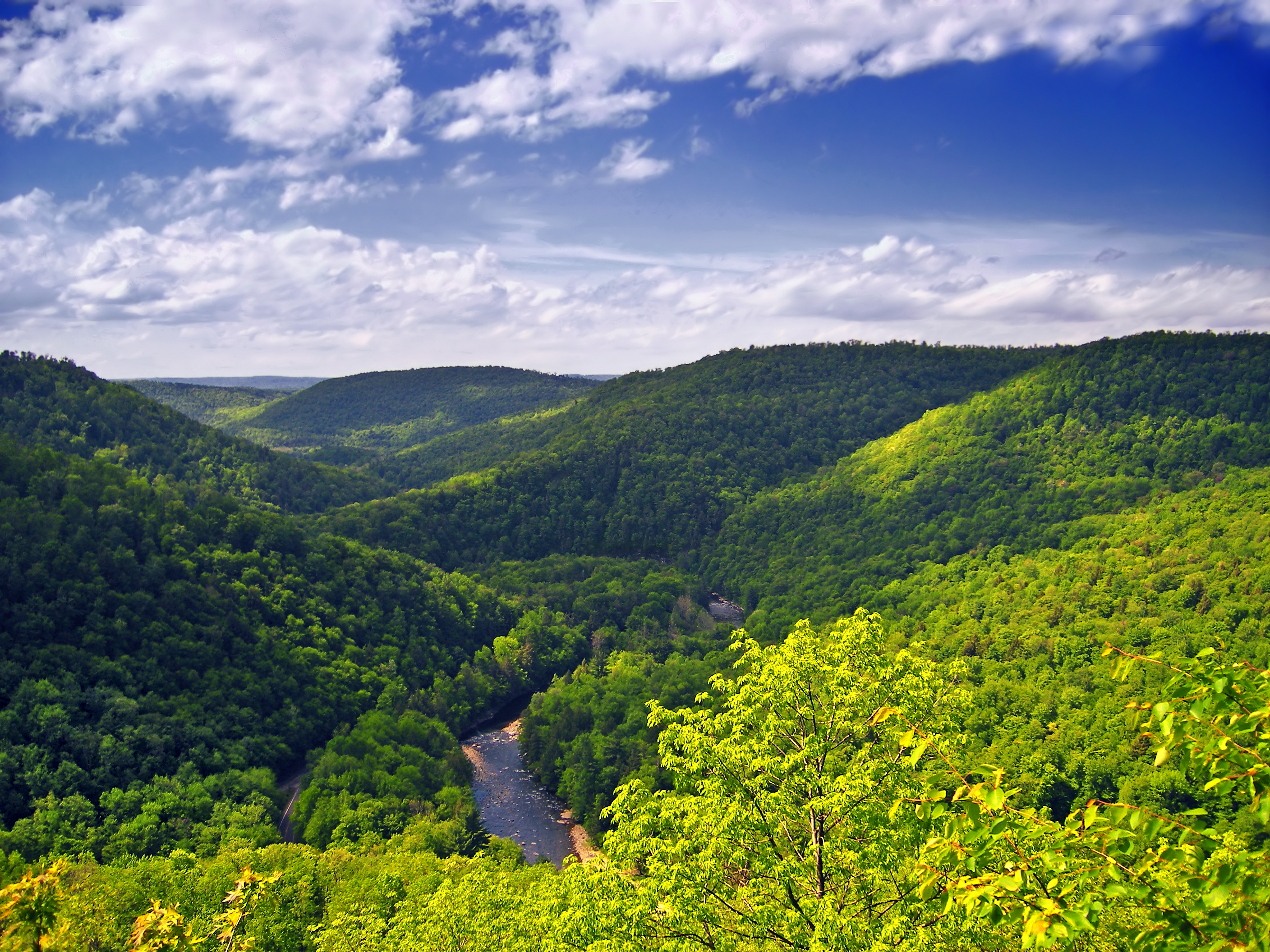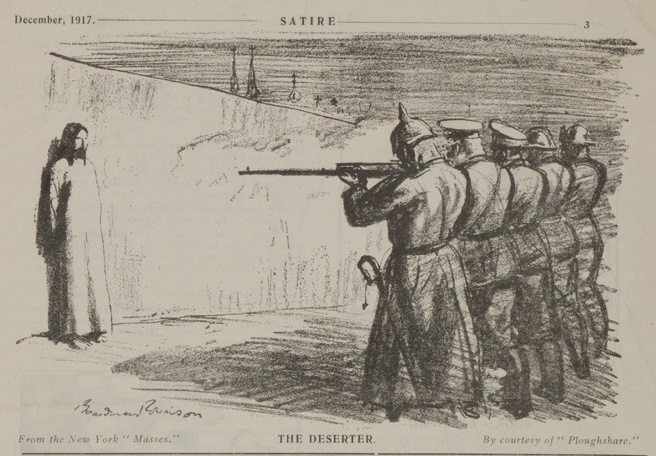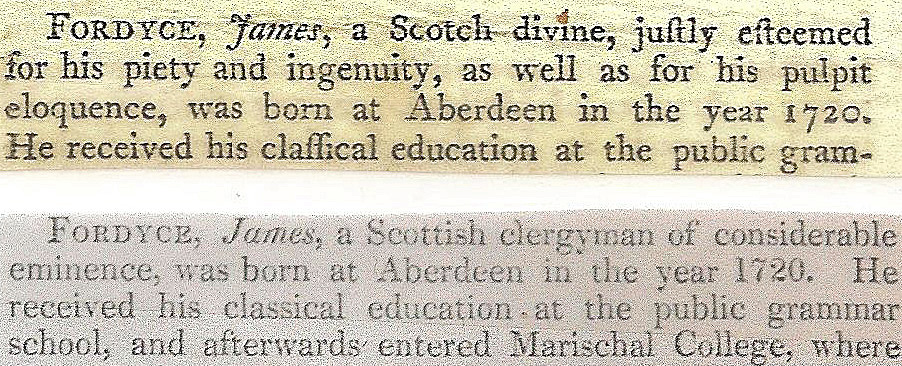|
Hepburn Township, Pennsylvania
Hepburn Township is a township in Lycoming County, Pennsylvania, United States. The population was 2,579 at the 2020 census. It is part of the Williamsport Metropolitan Statistical Area. History Hepburn Township was formed from part of Loyalsock Township in 1804. It is named for William Hepburn, a former state senator and one of the founding fathers of Lycoming County and Williamsport, the county's largest city. Hepburn Township was originally much larger in size than it is today. Lewis, Gamble, Eldred, and Cascade townships all are formed from territory that was once part of Hepburn Township. An Indian village known as Eeltown played a prominent role in the early history of what is now Hepburn Township. This village located on Lycoming Creek near the present village of Hepburnville was an important village on the Sheshequin Path. The Indian name for Eeltown is unknown, but the whites named it for the plentiful eels that could be found in the waters of Lycoming Creek. Hepbu ... [...More Info...] [...Related Items...] OR: [Wikipedia] [Google] [Baidu] |
Township (Pennsylvania)
Under the laws of the Commonwealth of Pennsylvania, a township is the lowest level of municipal incorporation of government. All of Pennsylvania's community, communities outside of incorporated local government in Pennsylvania#City, cities, borough (Pennsylvania), boroughs, and Bloomsburg, Pennsylvania#History, one town has been incorporated into a township which serves as the legal entity providing local self-government functions. In general, townships in Pennsylvania encompass larger land areas than other Municipality, municipalities, and tend to be located in suburban, exurban, or rural parts of the commonwealth. As with other incorporated municipalities in Pennsylvania, townships exist within local government in Pennsylvania#County, counties and are subordinate to or dependent upon the county level of government. History The creation of townships within Pennsylvania dates to the seventeenth century and the colonial period. Much of the province of Pennsylvania was occupied by ... [...More Info...] [...Related Items...] OR: [Wikipedia] [Google] [Baidu] |
Gamble Township, Lycoming County, Pennsylvania
Gamble Township is a township in Lycoming County, Pennsylvania, United States. The population was 780 at the 2020 census, up from 756 in 2010. It is part of the Williamsport Metropolitan Statistical Area. History Gamble Township was formed from parts of Lewis and Cascade townships on January 30, 1875. An election of the citizens of the proposed township was 152–0 in favor of its creation. The drive for the formation of Gamble Township was led Ira Parker, Abraham Swartz, and J.C. Green. They started a petition and gathered the necessary signatures. Their petition was presented to Judge James Gamble who authorized the election. The results of the balloting were certified by Judge Huston Hepburn. The township is named for the judge who ordered the election. The first settler in Gamble Township was John Rose, for whom Rose Valley is named. Rose was born in Scotland in 1772. He migrated to the United States in 1794 and settled in what is now Gamble Township. Rose was accompanied ... [...More Info...] [...Related Items...] OR: [Wikipedia] [Google] [Baidu] |
Sullivan County, Pennsylvania
Sullivan County is a county in the Commonwealth of Pennsylvania. It is part of Northeastern Pennsylvania. As of the 2020 census, the population was 5,840, making it the second-least populous county in Pennsylvania. Its county seat is Laporte. The county was created on March 15, 1847, from part of Lycoming County and named for Major General John Sullivan History The land which became Sullivan County was originally purchased from the Iroquois by the Province of Pennsylvania in 1768, as part of the first Treaty of Fort Stanwix. It was then part of Northumberland County, then became part of Lycoming County when it was formed in 1795. Sullivan County itself was formed from the northeastern part of Lycoming County on March 15, 1847. It was the thirteenth and last county formed at least partly from Lycoming County (and the fifth entirely formed from it). Sullivan County was named for Pennsylvania state senator Charles C. Sullivan, who "took an active part in procuring passage of t ... [...More Info...] [...Related Items...] OR: [Wikipedia] [Google] [Baidu] |
Hillsgrove Township, Sullivan County, Pennsylvania
Hillsgrove Township is a township in Sullivan County, Pennsylvania, United States. The population was 228 at the 2020 census. History The Hillsgrove Covered Bridge was added to the National Register of Historic Places in 1973. Geography According to the United States Census Bureau, the township has a total area of , of which is land and 0.04% is water. Hillsgrove Township is bordered by Fox and Elkland Townships to the north, Forks and Shrewsbury Townships to the east and Lycoming County to the south and west. The Loyalsock Creek flows through Hillsgrove and other parts of Sullivan County as well. Demographics As of the census of 2000, there were 265 people, 113 households, and 70 families residing in the township. The population density was 9.3 people per square mile (3.6/km2). There were 340 housing units at an average density of 12.0/sq mi (4.6/km2). The racial makeup of the township was 98.49% White, 0.38% Asian, and 1.13% from two or more races. Hispanic or ... [...More Info...] [...Related Items...] OR: [Wikipedia] [Google] [Baidu] |
Agriculture
Agriculture or farming is the practice of cultivating plants and livestock. Agriculture was the key development in the rise of sedentary human civilization, whereby farming of domesticated species created food surpluses that enabled people to live in cities. The history of agriculture began thousands of years ago. After gathering wild grains beginning at least 105,000 years ago, nascent farmers began to plant them around 11,500 years ago. Sheep, goats, pigs and cattle were domesticated over 10,000 years ago. Plants were independently cultivated in at least 11 regions of the world. Industrial agriculture based on large-scale monoculture in the twentieth century came to dominate agricultural output, though about 2 billion people still depended on subsistence agriculture. The major agricultural products can be broadly grouped into foods, fibers, fuels, and raw materials (such as rubber). Food classes include cereals (grains), vegetables, fruits, cooking oils, meat, milk, ... [...More Info...] [...Related Items...] OR: [Wikipedia] [Google] [Baidu] |
Conscientious Objector
A conscientious objector (often shortened to conchie) is an "individual who has claimed the right to refuse to perform military service" on the grounds of freedom of thought, conscience, or religion. The term has also been extended to objecting to working for the military–industrial complex due to a crisis of conscience. In some countries, conscientious objectors are assigned to an alternative civilian service as a substitute for conscription or military service. A number of organizations around the world celebrate the principle on May 15 as International Conscientious Objection Day. On March 8, 1995, the United Nations Commission on Human Rights resolution 1995/83 stated that "persons performing military service should not be excluded from the right to have conscientious objections to military service". This was re-affirmed on April 22, 1998, when resolution 1998/77 recognized that "persons lreadyperforming military service may ''develop'' conscientious objections". H ... [...More Info...] [...Related Items...] OR: [Wikipedia] [Google] [Baidu] |
Württemberg
Württemberg ( ; ) is a historical German territory roughly corresponding to the cultural and linguistic region of Swabia. The main town of the region is Stuttgart. Together with Baden and Hohenzollern, two other historical territories, Württemberg now forms the Federal State of Baden-Württemberg. Württemberg was formerly also spelled Würtemberg and Wirtemberg. History Originally part of the old Duchy of Swabia, its history can be summarized in the following periods: *County of Württemberg (1083–1495) * Duchy of Württemberg (1495–1803) *Electorate of Württemberg (1803–1806) *Kingdom of Württemberg (1806–1918) *Free People's State of Württemberg (1918–1945) After World War II, it was split into Württemberg-Baden and Württemberg-Hohenzollern due to the different occupation zones of the United States and France. Finally, in 1952, it was integrated into Baden-Württemberg. Stuttgart, the historical capital city of Württemberg, became the capital of the p ... [...More Info...] [...Related Items...] OR: [Wikipedia] [Google] [Baidu] |
Quakers
Quakers are people who belong to a historically Protestant Christian set of denominations known formally as the Religious Society of Friends. Members of these movements ("theFriends") are generally united by a belief in each human's ability to experience the light within or see "that of God in every one". Some profess a priesthood of all believers inspired by the First Epistle of Peter. They include those with evangelical, holiness, liberal, and traditional Quaker understandings of Christianity. There are also Nontheist Quakers, whose spiritual practice does not rely on the existence of God. To differing extents, the Friends avoid creeds and hierarchical structures. In 2017, there were an estimated 377,557 adult Quakers, 49% of them in Africa. Some 89% of Quakers worldwide belong to ''evangelical'' and ''programmed'' branches that hold services with singing and a prepared Bible message coordinated by a pastor. Some 11% practice ''waiting worship'' or ''unprogramme ... [...More Info...] [...Related Items...] OR: [Wikipedia] [Google] [Baidu] |
Dunkard Brethren – stream in Greene County, Pennsylvania and Monongalia County, West Virginia
{{disambiguation ...
Dunkard may refer to: * * Dunkard Township, Greene County, Pennsylvania – administrative territorial subdivision in the United States * Dunkard Creek Dunkard Creek is a stream that flows U.S. Geological Survey. National Hydrography Dataset high-resolution flowline dataThe National Map , accessed August 15, 2011 through Greene County, Pennsylvania and Monongalia County, West Virginia, near the ... [...More Info...] [...Related Items...] OR: [Wikipedia] [Google] [Baidu] |
Scotch-Irish Americans
Scotch-Irish (or Scots-Irish) Americans are American descendants of Ulster Protestants who emigrated from Ulster in northern Ireland to America during the 18th and 19th centuries, whose ancestors had originally migrated to Ireland mainly from the Scottish Lowlands and Northern England in the 17th century. In the 2017 American Community Survey, 5.39 million (1.7% of the population) reported Scottish ancestry, an additional 3 million (0.9% of the population) identified more specifically with Scotch-Irish ancestry, and many people who claim "American ancestry" may actually be of Scotch-Irish ancestry. The term ''Scotch-Irish'' is used primarily in the United States,Leyburn 1962, p. 327. with people in Great Britain or Ireland who are of a similar ancestry identifying as Ulster Scots people. Many left for America but over 100,000 Scottish Presbyterians still lived in Ulster in 1700. Many English-born settlers of this period were also Presbyterians. When King Charles I attempted t ... [...More Info...] [...Related Items...] OR: [Wikipedia] [Google] [Baidu] |
Sheshequin Path
The Sheshequin Path was a major Native American trail in the U.S. State of Pennsylvania that ran between two Native American villages: "French Margaret's Town" on the West Branch Susquehanna River (part of modern-day Williamsport in Lycoming County) and "Sheshequin" on the North Branch of the Susquehanna River (modern-day Ulster Township, in Bradford County). The path ran north and east along Lycoming Creek in Lycoming County and followed much of Towanda Creek in Bradford County. It was a shortcut between the two main branches of the Susquehanna River and was used by early settlers as well as Native Americans. Name The name Sheshequin is a corruption of ''Sheshequanink'' meaning "at the place of the gourd rattle" in the Lenape language. The gourd rattle was used in religious ceremonies held there. Another name for the trail was the "Lycoming Path" for the creek it runs along for much of its length, which also gave its name to Lycoming County. Lycoming is a corruption of the Lena ... [...More Info...] [...Related Items...] OR: [Wikipedia] [Google] [Baidu] |
Lycoming Creek
Lycoming Creek is a U.S. Geological Survey. National Hydrography Dataset high-resolution flowline dataThe National Map, accessed August 8, 2011 tributary of the West Branch Susquehanna River located in Tioga and Lycoming counties in Pennsylvania in the United States. Geography As the crow flies, Lycoming County is about northwest of Philadelphia and east-northeast of Pittsburgh. Lycoming Creek has its river source in Tioga County and is in length from the Tioga County / Lycoming County line to its confluence with the West Branch Susquehanna River at Williamsport. Smaller streams feeding Lycoming Creek include Pleasant Stream, Grays Run, Roaring Branch, Hoagland Run, and Trout Run. Watershed Approximately 81.5% of the Lycoming Creek watershed is in Lycoming County, with 16.5% in Tioga County, and 1.5% in Sullivan County. The watershed has a total population of 19,978 (as of 2000) and a total area of . Of that area, are forested, are given to agricultural uses, only a ... [...More Info...] [...Related Items...] OR: [Wikipedia] [Google] [Baidu] |





